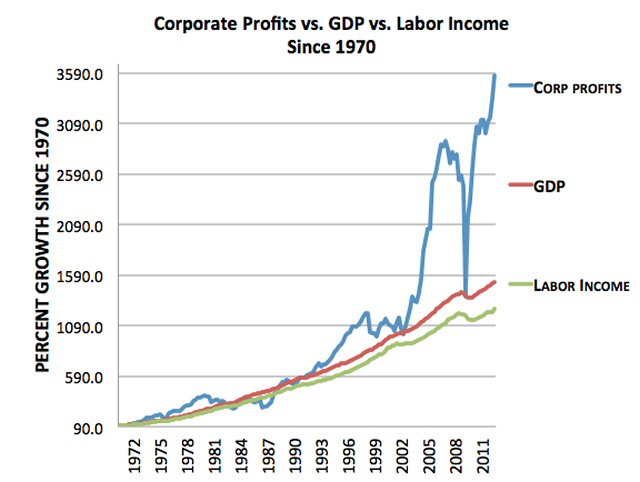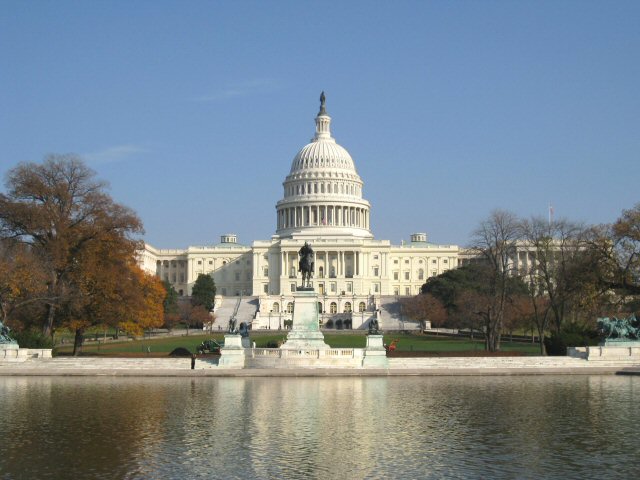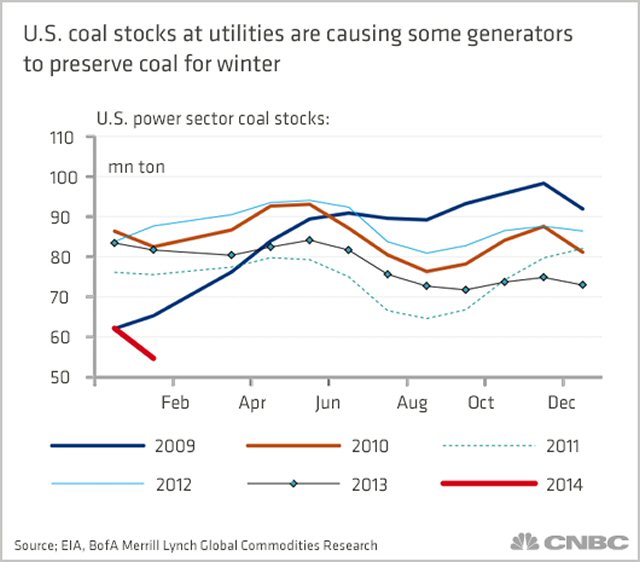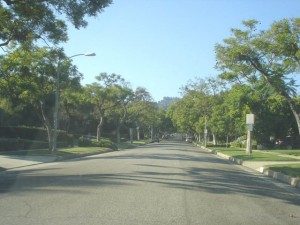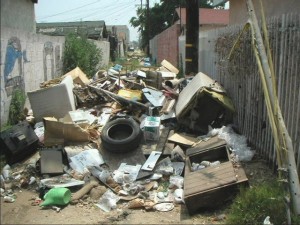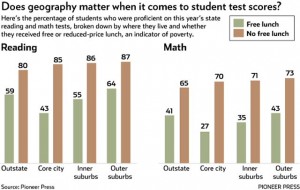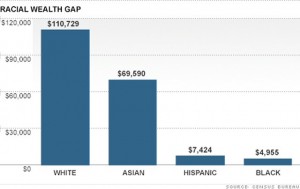Paul B. Farrell Archives
May 26, 2014
Climate science is a hoax: Big Oil, GOP, God say so
Commentary: 30 million Americans dismiss all warnings of deadly disaster
SAN LUIS OBISPO, Calif. — Yes, climate science is a hoax. Why? No solution. The problem is obvious. But talk’s cheap. No solution? No consensus? No political will? Too much science. No action. Nothing. America’s lost its soul. Lost the can-do spirit that made it a great nation. Inspired me as a U.S. Marine. And the clock keeps ticking ….
Thirty million Americans just don’t trust scientists warning of a “95% certainty” humans cause global warming. But they do trust Big Oil, the GOP, God. They honestly believe climate science is a dangerous fear-mongering liberal conspiracy. Listen, we’ll explain:
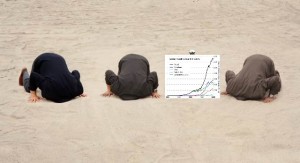
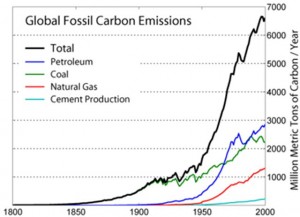
Recently Florida Sen. Marco Rubio joined the deniers: “I think all science deserves skepticism.” And in a recent debate all four candidates in the GOP primary for North Carolina governor denied climate change was man-made, agreeing with the current governor, a former long-term Duke Power executive.
Yes, their party position is clear, mapped out by Oklahoma Sen. James Inhofe in “The Greatest Hoax: How the Global Warming Conspiracy Threatens Your Future.” But in an effort to question Inhofe’s motivation, his ClimateProgress.org reviewer noted that over the years Inhofe has received “$1,352,523 in campaign contributions from the oil and gas industry, including $90,950 from Koch Industries.”
Also challenged, Inhofe’s reliance on divine guidance. Inhofe said “God’s still up there. The arrogance of people to think that we, human beings, would be able to change what He is doing in the climate is to me outrageous.” But before you dismiss Inhofe, or any other science deniers for their strong religious convictions, remember the great Christian King Canute of Denmark who sat on his throne at water’s edge, to prove the futility of commanding the tide to stop.
The clock’s ticking. Who can you trust? Big Oil? Or Lloyds of London?
Environmental economist Bill McKibben wrote in Foreign Policy, it may “already be too late” to stop the impact of our climate change. New evidence keeps piling up … a new Lloyds of London report urging Munich Re and other insurers to factor climate risks in their pricing models … Pentagon generals are warning climate change is now a threat to national security … plus a new report by S&P Rating Services warns of sovereign nation credit rating downgrades spreading globally as the rising costs of climate disasters put pressures on economic growth.
Nobel physicist Robert Laughlin hammered home a similar point in his American Scholar cover story, “The Earth Doesn’t Care If You Drive a Hybrid,” warning that humans are not only causing today’s climate change disasters, but are fueling Earth’s “Sixth Great Species Extinction,” which may result in our civilization disappearing like dinosaurs. Drive a hybrid? Recycle? Eat organic? Solar energy? Band-Aid solutions. Science, technology isn’t the problem.
Inhofe is not alone in believing God’s in charge, humans can’t turn back the tide. The fact is, climate science really is a big “hoax” to millions of Americans. The Stanford Social Innovation Review diagnosed this trend in “Climate Science as a Culture War” a few years ago. Their research is clear: “The public debate around climate science is no longer about science, it’s about values, culture and ideology.” And still we keep trying to convince them with more science. They don’t care.
Multiple personality disorder: We’re fighting a war for America’s soul.
In its research, Stanford Review build on the Yale University’s “Six Americas” opinion research study, updated annually, which concludes that big “majorities believe global warming will harm future generations of people and plant and animal species.” But “four in ten say they feel helpless, disgusted or sad when thinking about global warming.”
Yes, scientists may be certain, but the American soul is deeply divided, at war with itself … psychologists would diagnosis this a multiple personality disorder … trapped in multiple mental conflicts between the “Six Americas” … six separate personalities that don’t get along … wars accelerating with each new climate disaster… while distrust of science gets darker … while the political, ideological, cultural gap between these “Six Americas” widens … while the hoax metastasizes into an even bigger hoax further dividing Americans … the clock keeps ticking.
No solution. Just more research: Endless warnings from scientists at UN-IPCC, US-NCA, insurers, generals, rating agencies. Just louder warnings of a “95% certainty” the danger is bigger. But no solution, no consensus, no political will. Why? The super-rich, powerful, conservative 11% segment of “Six Americas” fights hardest, spends more, is more aggressive, nearly doubling from six percent five years ago. Believe passionately. Yes, 11%; 30 million Americans, science-deniers who are fighting a hoax.
This “Dismissive America” is one of Yale’s “Six Americas:” They are certain “climate change is not happening … does not warrant a national response.” Many are “high-income, well-educated white men … very conservative Republicans … civically active and hold strong religious beliefs … likely to be evangelical Christian … strongly endorse individualistic values and oppose most forms of government intervention.” Who are they? Yale doesn’t name names, but the profile may well fit Inhofe’s political donors.
What’s next if the “Culture War” continues? New surveys show 76% of Americans at least passively agree with Inhofe, say climate change is not a top national priority. And that, unfortunately, suggests predictions made by Australian Public Ethics Professor Clive Hamilton in his “Requiem for a Species: Why We Resist the Truth about Climate Change,” may prove all too accurate: Soon Earth will “enter a chaotic era lasting thousands of years. Whether human beings would still be a force on the planet, or even survive … one thing seems certain: there will be far fewer of us.” Science is no solution to our culture war.
Wrong questions. Yes, it exists. But we’re paralyzed, won’t act in time?
Folks, we’re asking the wrong questions. We have no solutions. No will to act. Yes, Stanford, Yale, McKibben, and millions of others are among the other five “Six Americas” who believe they have a solution. More science. They’re wrong. Just Band-Aids. Silicon Valley capitalists love searching for the next scientific solution, next Big Thing, next profitable IPO.
But nobody has any real solutions to the real problems: A deeply dividing “Culture War,” as climate disasters accelerate … lost in magical thinking … six multiple personalities locked in a costly, deadly battle for the Soul of America … like lost characters in Beckett’s classic, “Waiting for Godot,” endlessly searching for answers in the wrong places, trapped in Sartre’s existential “No Exit” hell.
Yes, so many wealthy and well-intentioned great minds sure keep trying: The UN-IPCC team of 2,000 scientists now on their fifth assessment since 1988, the 500 scientists at the U.S. National Climate Assessment, NASA’s Jim Hansen, Bill McKibben and his 350.org global network of climate activists, arrested at the White House protesting the Keystone XL pipeline, plus the new “Risky Business” team of former New York Mayor Michael Bloomberg, Hank Paulson and tech billionaire Tom Steyner … all perfectly rational Americans … the list goes on.
But they’re asking the wrong questions: Yes, the problem exists, it’s so painfully obvious … But do we need more research? … No, we need consensus, political will, action … We need to stop avoiding the taboo issues … Ask the right questions … How do we get a consensus with “Six Americas” so divided? … Can anyone stop the inevitable? The world’s estimated 50% increase in carbon emissions by 2050? … How in a world of 190 nations with little trust, who don’t like America telling them to cut emissions that will slow their economic growth … And where’s the new technology for all nations, not just Silicon Valley’s next profitable Next Big Thing IPO? … And can we ever stop in time?
Time to refocus America, unite all “Six Americas.” Face the real problems. Admit throwing more science at science-deniers isn’t working. Admit climate science really is a hoax to millions of politicians, energy billionaires, evangelicals.
The “Dismissive” just aren’t buying the science. In fact, more science, more technology just toughens, intensifies, accelerates the resolve and resistance of America’s 30 million “Dismissives.” Makes them stronger. Widens the cultural gap. Time to refocus, downplay science. Clock’s ticking. Emissions won’t stop.
America needs a new consensus, new political will. Or we may indeed follow the dinosaurs into extinction. Remember Ben Franklin’s warning at the signing of the Declaration of Independence on July 4, 1776: “We must, indeed, all hang together, or assuredly we shall all hang separately.”
Paul B. Farrell is a columnist based in San Luis Obispo, Calif. Follow him on Twitter @MKTWFarrell
